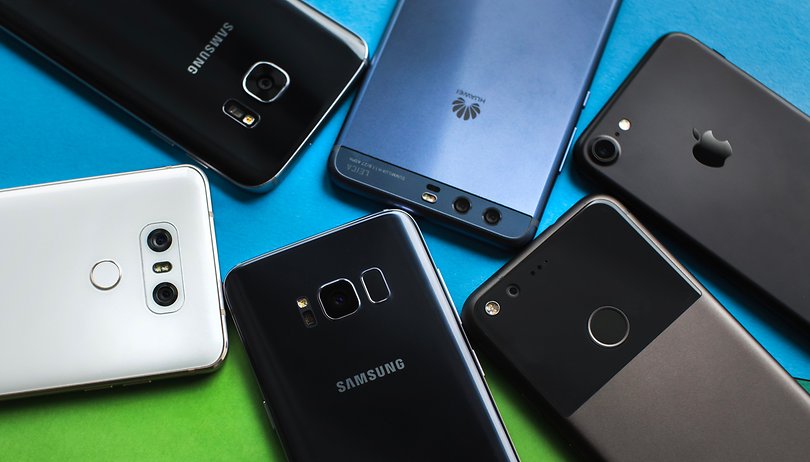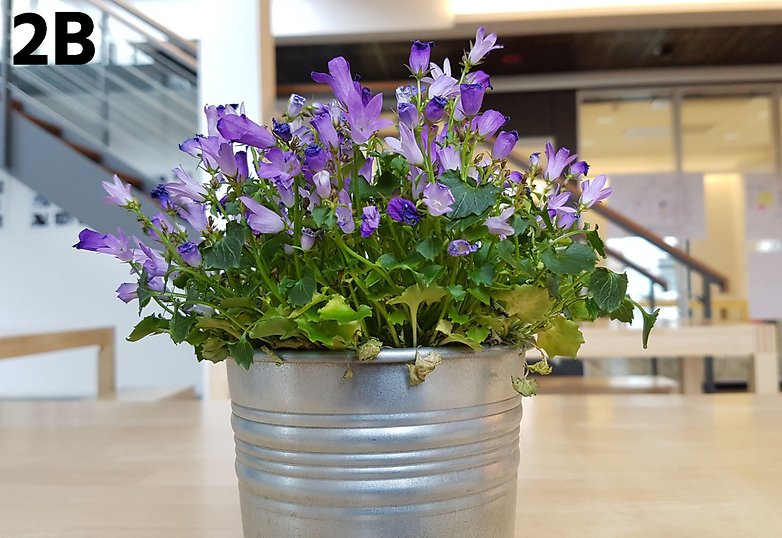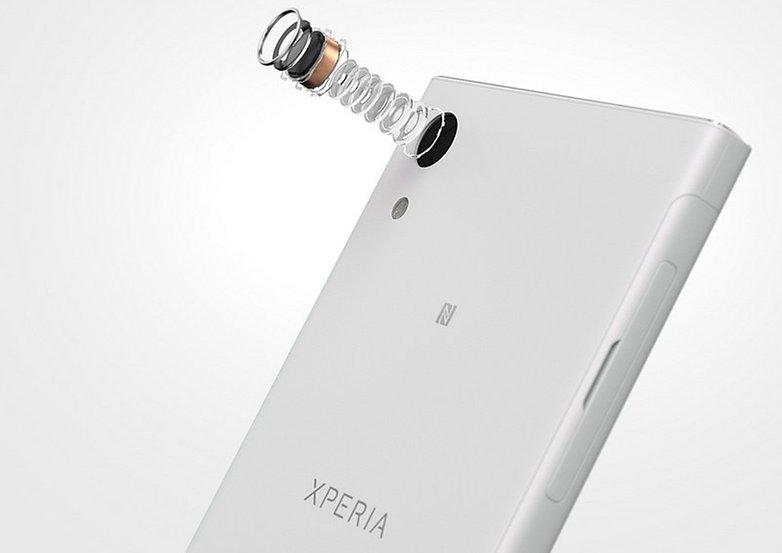Camera blind test results: the readers have spoken

Two weeks ago, we conducted a blind smartphone camera test with six top phones, and then asked our readers to pick the best in each category. We've heard what you have to say, and now, give you an insight into the current state of smartphone cameras in 2017.
The images were divided into five categories, and arranged randomly within each section. Now we show you which smartphones won from the original article.
Winner in each category
- Landscape with high contrast: LG G6
- Close-up of a flower: Galaxy S7, Huawei P10 Plus
- Portrait photo: Galaxy S8
- Recording in low-light: Galaxy S7
- Bad weather: Galaxy S8
According to the votes, the best landscape shot was achieved by the LG G6. The Google Pixel and Galaxy S8 follow it in second and third place, respectively. This category mainly puts the HDR mode to the test, because it's the only way to get the correct exposure of the sky and the darker areas on the buildings and street. The differences between the subjects are quite small.

With our close-up shots, we see a link between the Galaxy S7 and Huawei P10 Plus. Both received 32 percent of the vote. It should be mentioned, however, that all the result photos are very close. Even the bottom of the pack, the LG G6, still produces a very respectable photo.


By far, the Galaxy S8 has snapped the best portrait photo with 35 percent of the vote. The competition lags far behind - second place goes to Google with 14 percentage points. The S8 shows the most balanced color representation compared to all other photos. Only the Google Pixel manages to reproduce the skin tones similarly well. All the other photos are slightly pale.

We experience the greatest difference between the results in the low-light photos. From over-exposed to clearly too dark, there's a wide range. Considerable differences can be seen in the color representation of the blue back of our racing car simulator - almost every smartphone camera exposes differently here. The Galaxy S7 (at 37 percent) and Google Pixel (at 32 percent) landed in the first and second place, respectively. The Galaxy S8 shares third place with the LG G6, at 15 percent each.

The photos of gloomy April weather were the most controversial. The winner, the Galaxy S8, is the only one to show the sky with blue tones, while the other smartphone cameras represent a more neutral gray. The lead on the second place LG G6 is 26 percentage points.

Abnormalities in the blind test
The bottom line is that the 2017 smartphone generation has not taken a big leap in terms of photo quality. The main reason for this lies in physics. By now, the backlighting of the CMOS image sensors (so-called BSI-CMOS sensors) and the possibilities offered by the small camera chips in the 1 / 2.3-inch to 1 / 3.2-inch format are already widely used, evening out the playing field somewhat. For larger picture sensors, such as those in the Nokia Lumia 1020 or the Panasonic CM1, the manufacturers dispense with flat housing.
A larger image sensor is superior, and we can demonstrate this with the portrait test photo. We also took shots with a five year old Canon EOS 5D Mark III.

In a direct comparison, you can see how much better the details of the eye are represented. The photo from the DSLR is not retouched. In the picture with the Galaxy S8, you can see in the magnification that software filters have removed many details - but obviously the sensor was not even able to absorb all the fine structures of the iris and eyelashes.
Post-processing and HDR mode
Obviously, there is still room for improvement in image processing, or "Computational Photography". Google made a big step forward with this last year in the Pixel's HDR mode, and the competition has since caught up. So, in high-contrast situations, you can see the typical HDR look with the Samsung and LG devices' photos. Nowhere is this phenomenon more evident than with the Galaxy S8's multi-image processing mode, which shoots three photos and automatically merges them into one for a better result. The megapixel race is finally over, it seems.
Apart from the picture quality, there is still room for improvement in usability as well. For example, the two new Samsung flagships are snap photos quickly, with hardly any delay after the shutter button is pressed.
On the subject of speed, we are also looking forward to the new Sony Xperia XZ and XZ Premium smartphones, where memory integrated in the CMOS sensor allows for an extremely high frame rate. Both devices take Full-HD video with up to almost 1000 images per second, even for a brief moment, which corresponds to 40x slow-motion.

The overall result
Back to picture quality again: the winner in the AndroidPIT camera test is the Galaxy S8, closely followed by the Google Pixel. Third place is shared closely by the LG G6 and the iPhone 7, then closely followed by the Galaxy S7. In last place is the Huawei P10 Plus, which has significant problems in low-light situations, like the P10.
In order to determine the overall winner we have assigned points to each category: 6 points for the smartphone with the most votes, 5 points for the second place and so on. There was a point for the last place. In the case of a tie, two phones were allowed to get the same number of points. Example: In the case of a percentage difference in first place, both smartphones received six points. The runners-up, however, received only four points, which were intended for third place.
Here you can see points tallied up at a glance.
- Samsung Galaxy S8, 22 points
- Google pixels, 21 points
- LG G6 and Apple iPhone 7, 17 points (tied)
- Samsung Galaxy S7: 16 points
- Huawei P10 Plus: 14 points
Did your favorite win? Do you agree with our methodology? Let us know in the comments below.




Now time to update the post will inclusion of note 8 & V30
Well, as we haven't had the chance yet to test those cameras, we can't include them yet ;)
comparisons are always interesting..
but most smartphone cameras especially with premium devices are amazing, so now its your average android owner who's the true winner.
its not just the cameras tho, it's how you view the images,
like showing iPhone owners photos taken with android then proudly displayed on a large screen android, possibly qhd..
these days compared to Apple android cameras and android displays are both really impressive.
Why wasnt the iphone included? It was a blind test. Not that I am a fan(run aicp), but most people, even if they never get to , judge a iphone as the standard.
Really? An Apple smartphone camera is the standard? When? I must research this argument.
While I have never had an iPhone, I could not help but wonder if it has ever been included in a photo comparison test on this site. It could add to the interest and, I'm guessing, the bragging rights of Android users.
We did add the iPhone 7 Plus in our latest blind test:
https://www.androidpit.com/smartphone-camera-blind-test-q2-2017